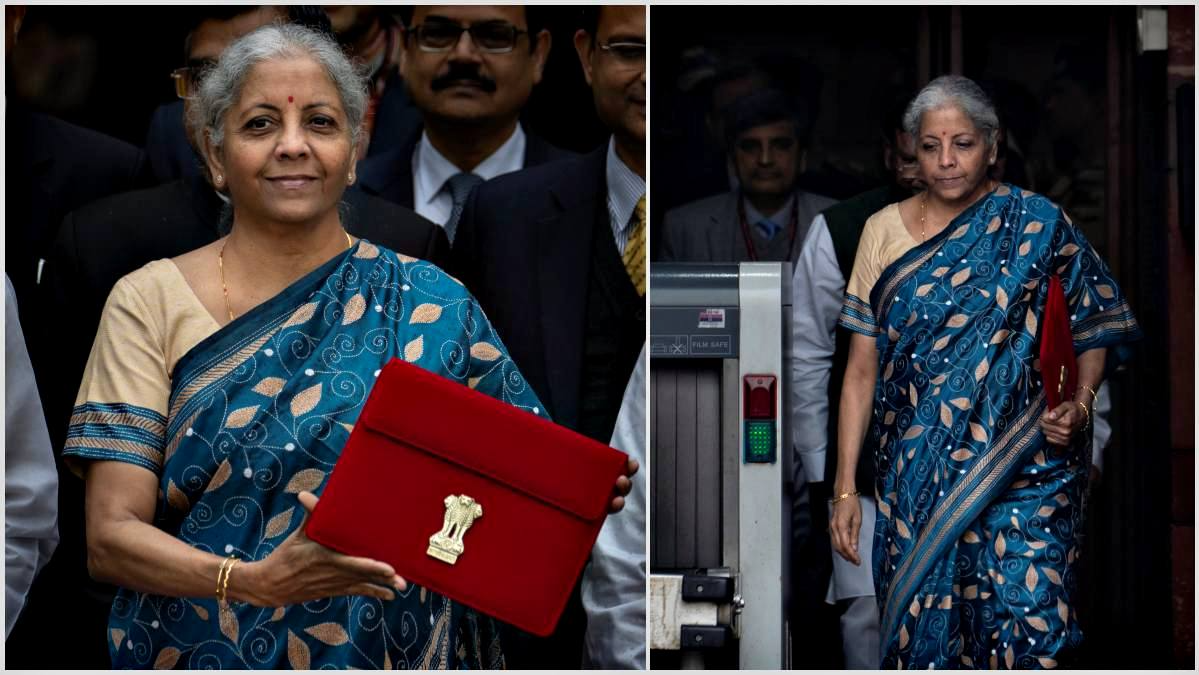In a significant move towards sustainable energy, the Indian government, inspired by Prime Minister Narendra Modi’s commitment during the Ayodhya temple consecration, is set to electrify one crore households through rooftop solar installations. Finance Minister Nirmala Sitharaman, in her Interim Budget 2024-25, reiterated this commitment, highlighting the goal to provide up to 300 units of free electricity per month to these households.
Rooftop Solar Initiative: Power to the People
This ambitious initiative aims to bring tangible benefits to households, translating to an annual savings of ₹15,000-18,000. Through net-metering policies, users of rooftop solar power can contribute surplus power back to the grid, offsetting their electricity bills. While the Finance Minister did not provide specifics on funding or demography, the government’s budget for 2024-25 allocates ₹4,555 crore, a substantial increase from the ₹2,167 crore spent the previous year.
Current Rooftop Solar Landscape
India presently boasts about 11 GW of installed rooftop solar capacity, with residential units accounting for 2.7 GW and the remainder situated in commercial or industrial spaces. Estimates suggest that fewer than 10 lakh of the country’s approximately 30 crore households have rooftop solar units.
Despite India’s vast solar potential, the low adoption rate is attributed to limited electricity consumption and existing subsidies for conventional coal-fired electricity. Research indicates that even with subsidies, solar power remains comparatively expensive. However, experts believe that 20-25 GW of rooftop solar capacity could be supported through the solarization of one crore households, potentially saving distribution companies about ₹2 lakh crore over the next 25 years.
Read Also: Ram Mandir: Unraveling the Historical and Cultural Tapestry
Challenges and Opportunities
India’s budget for 2024-25 not only addresses the expansion of rooftop solar but also introduces ‘viability gap funding’ for the capital-intensive offshore wind sector. The government aims to support up to 1 gigawatt capacity for wind farms located in the sea. Although specifics and budgetary allocations are yet to be revealed, this move is expected to attract private sector investments, positioning sea-based wind farms as more reliable sources of wind power.
While sea-based wind farms are costly, the consistent strong winds in the sea provide a more reliable source of wind power. India’s current wind installations, totaling about 44 GW, are all on land. Studies indicate the potential for almost 72 GW of offshore wind from the seas off Gujarat and Tamil Nadu.
Conclusion: Paving the Way for Sustainable Energy
As India charts its course towards sustainable energy, the Budget 2024 initiatives underscore the government’s commitment to harnessing renewable resources. Empowering households through rooftop solar installations and venturing into offshore wind farms mark significant steps towards a greener and more sustainable future. As these initiatives unfold, they are likely to reshape India’s energy landscape and contribute substantially to the country’s ambitious renewable energy goals.

